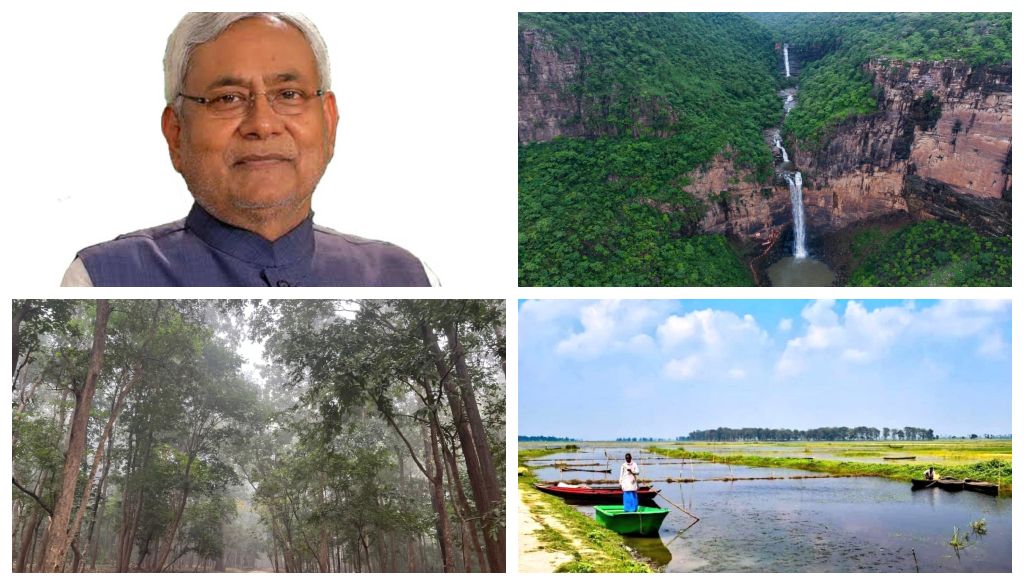CM Nitish Kumar’s Bold Plan: Bihar Aims for Carbon-Free Future by 2070

Patna: The Bihar government has intensified its efforts to combat climate change, launching a series of initiatives aimed at increasing green cover and promoting sustainable development. Spearheaded by Chief Minister Nitish Kumar, the state is focusing on both immediate action and long-term strategies to mitigate environmental challenges.
Under the Jal-Jeevan-Hariyali Yojana, the government is prioritising water conservation and afforestation, key components in its broader climate resilience plan. Additionally, the administration is drafting a Climate Resilient and Low-Carbon Development Pathway, outlining its roadmap towards a carbon-free Bihar by 2070 without compromising economic growth. The strategy includes milestone targets for 2030 and 2050, ensuring a phased transition to sustainability.
State-Level Action Plan Finalised
A major breakthrough in Bihar’s climate policy came with the finalisation of a State Action Plan on Climate Change, following extensive research by the Bihar State Pollution Control Board (BSPCB) in collaboration with the United Nations Environment Programme (UNEP). Signed in 2021, the agreement facilitated three years of study and discussions, culminating in an action plan now awaiting cabinet approval.
Wetland Conservation Gains Momentum
Bihar is also taking significant steps towards wetland conservation, recognising their crucial role in biodiversity and water security. The state has identified 4,316 wetlands under the Wetlands (Conservation and Management) Rules, 2017, with efforts underway to secure official recognition for key water bodies.
Key developments include:
- Ground Truthing: Using ISRO maps, authorities verified the actual existence of mapped wetlands, completing the process within three months.
- Demarcation: Conducted under Supreme Court supervision to ensure legal recognition.
- Bihar State Wetland Authority: Established to oversee wetland conservation efforts.
- Ramsar Sites: Two wetlands were designated as Ramsar sites in 2020 and 2024, with three more—Gogabil (Katihar), Gokul Reservoir (Buxar), and Udaipur Lake (West Champaran)—proposed for inclusion.
Expanding Environmental Protection Initiatives
Beyond wetland conservation, Bihar is pushing for broader ecological reforms:
- Encouraging water body construction under MNREGA.
- Promoting coarse grains, drip irrigation, and sprinkler technology through the Agriculture Department to reduce water consumption.
- Addressing groundwater depletion and pollution, including arsenic contamination in several districts.
- Advancing agroforestry through the Chief Minister Agricultural Forestry Scheme and Chief Minister Private Nursery Scheme, aimed at increasing tree cover.
With these sweeping measures, Bihar is positioning itself as a leader in climate action, striving for a balance between development and environmental conservation. If successfully implemented, these efforts could set a model for other states tackling similar climate challenge





